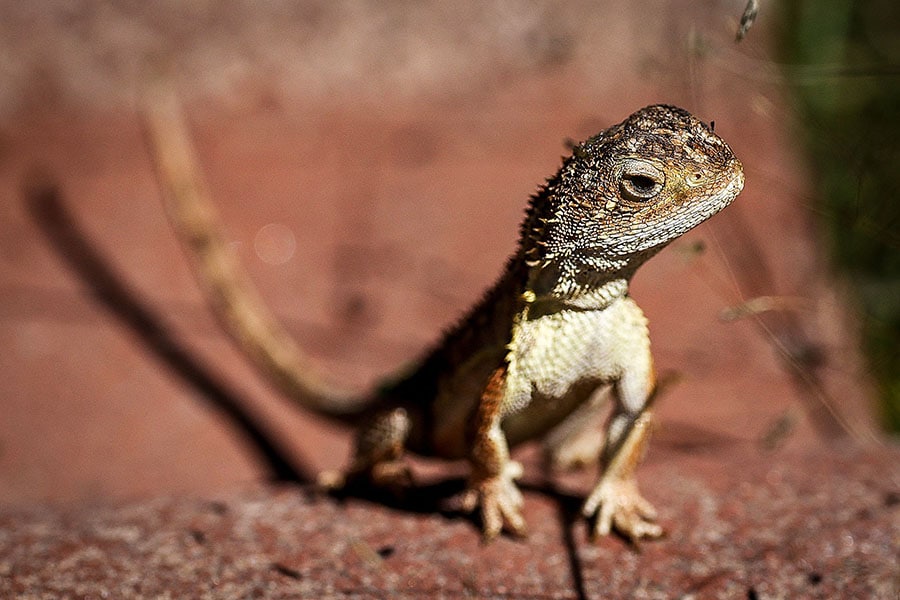
Australia battles to save last 11 wild 'earless dragons'
As recently as 2019, scientists in Canberra counted hundreds of grassland earless dragons in the wild. This year, they found 11
 A grassland earless dragon lizard at the Tidbinbilla Nature Reserve located on the outskirts of the Australian capital city of Canberra
Image: David Gray / AFP©
A grassland earless dragon lizard at the Tidbinbilla Nature Reserve located on the outskirts of the Australian capital city of Canberra
Image: David Gray / AFP©
Australia's grassland earless dragon is no bigger than a pinkie when it emerges from its shell, but the little lizard faces an enormous challenge in the years ahead: avoiding extinction.
As recently as 2019, scientists in Canberra counted hundreds of grassland earless dragons in the wild. This year, they found 11.
In other areas of the country, the lizard has not been seen for three decades.
The earless dragon—which is light brown and has long white stripes down its body—measures about 15 centimetres (the size of a US$1 bill) when fully grown.
It lacks an external ear opening and functional eardrum, hence the name.







